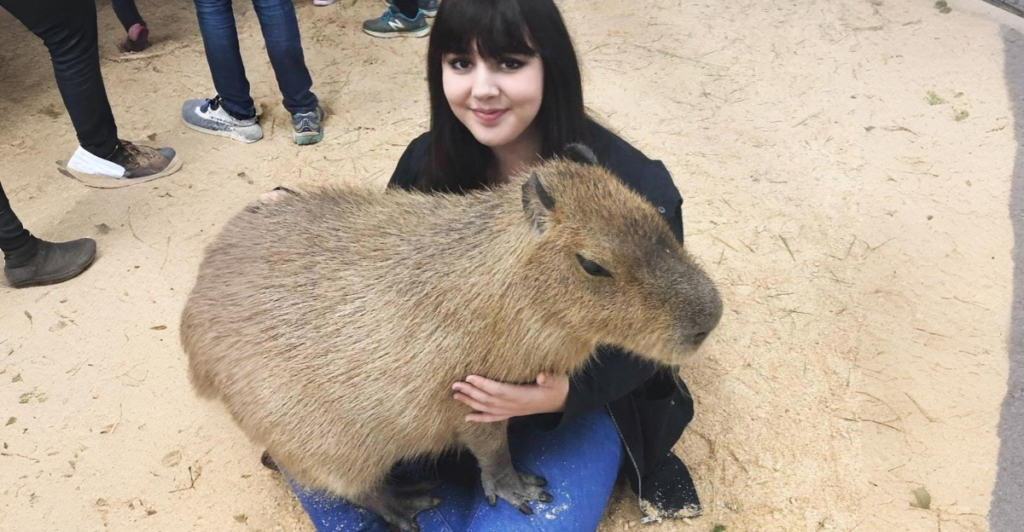
Most wild animals often capture our hearts with their cute faces, playful antics, and unique features. Sometimes, it’s easy to imagine how awesome it would be to bring one of these wild animals home. However, under their cuteness lies wild instincts, specialized needs, and potential dangers that make them completely unsuitable for domestic life.
Attempting to keep wild animals can lead to legal trouble, health risks, and even harm to the animal itself. In this article, we will take a look at nine wild animals you should never take home, no matter how cute they are. Although these animals might look adorable, there are many reasons why they should be left in their natural habitats, not in our living rooms or backyards.
1. Slow Loris
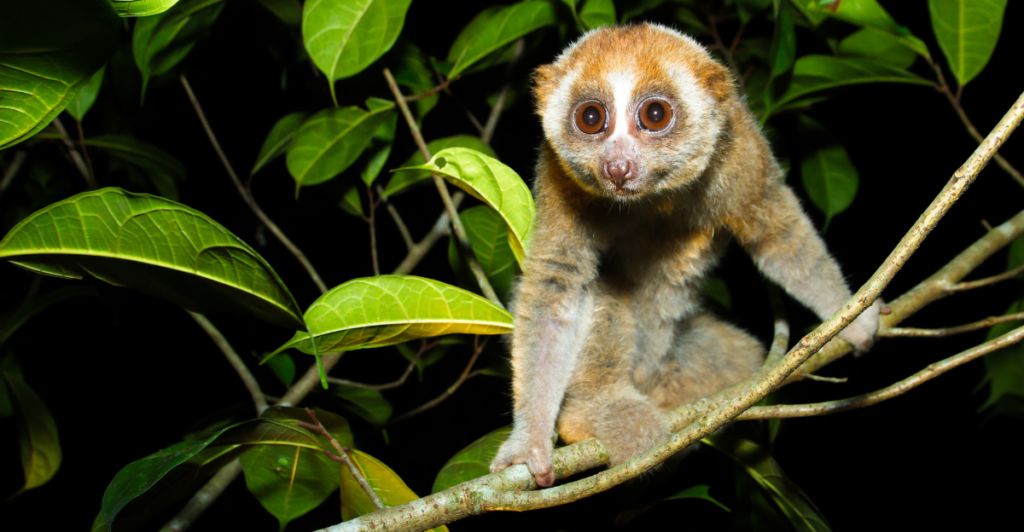
Slow lorises might seem adorable with their massive, soulful eyes and slow, deliberate movements. However, these nocturnal primates have a dangerous secret. The slow loris is one of the only venomous mammals in the world. This animal produces a toxin from glands near its elbows, which it licks and mixes with its saliva before delivering a painful, sometimes deadly bite.
Slow lorises are also extremely sensitive to stress, and their delicate immune systems make them vulnerable to malnutrition and infections in captivity. They belong in the wild, where they can live without stress and the danger of captivity. The illegal pet trade is a major threat to their survival, and keeping one as a pet is harmful and illegal in many countries.
2. Red Fox
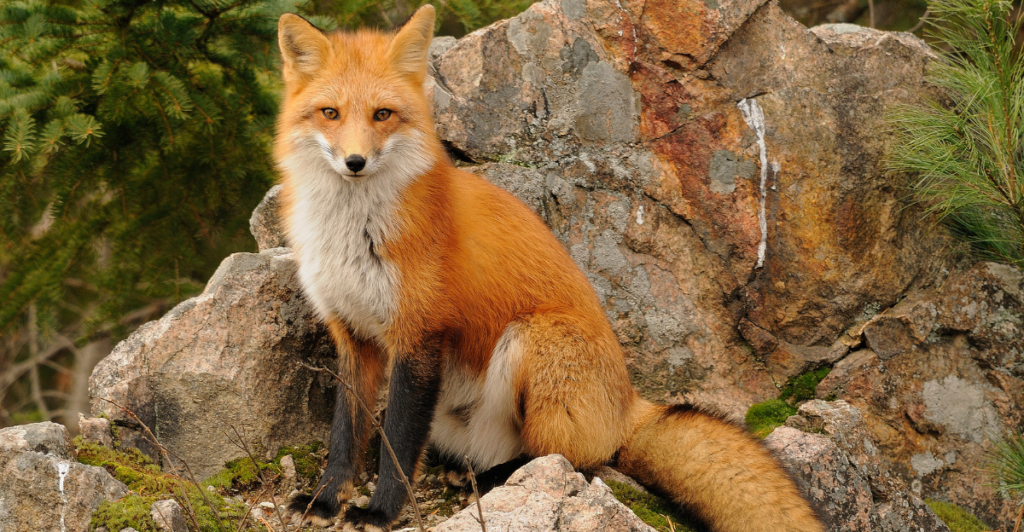
Red foxes are known for their busy tails and playful personalities. Although they might seem like charming companions, they are wild animals with very specific needs. Foxes are intelligent and cunning, which makes them very difficult to domesticate. They are also notorious for carrying diseases like rabies and parasites, which pose significant risks to humans and other pets.
In a home environment, foxes can become destructive and will chew on furniture and dig up carpets. They are also escape artists and will find many different ways to break out of their enclosures. On top of that, keeping a red fox contributes to the illegal wildlife trade, which is harmful to wild populations. Foxes are best left in the wild, where they can live freely and safely.
3. Polar Bear
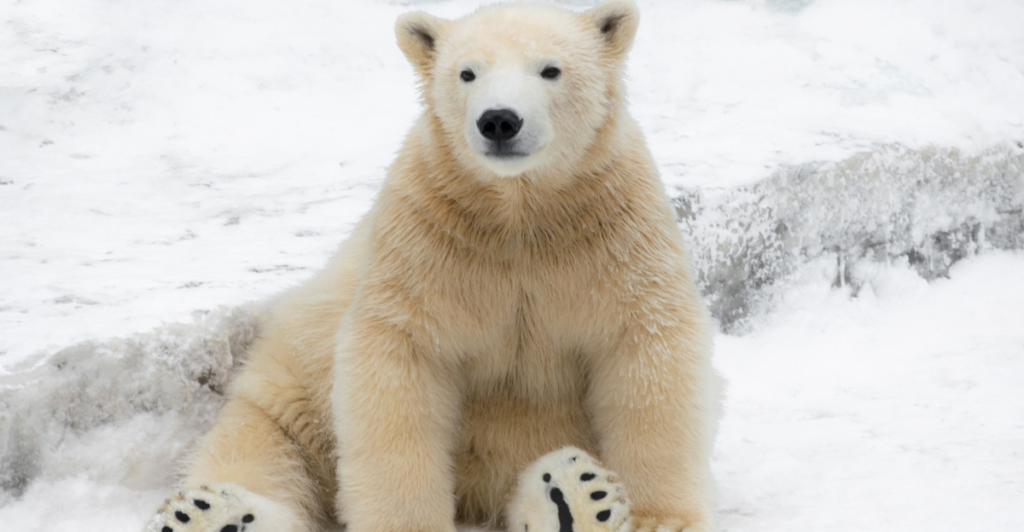
Polar bears might appear to be giant, cuddly teddy bears, but in reality, they are powerful predators with complex needs. These huge creatures are native to the Arctic and require a ton of space and a specialized diet consisting mainly of seals. Attempting to house a polar bear in captivity is both illegal and dangerous because it is impossible to provide the space and environment they need to thrive.
Polar bears can become aggressive, especially when they’re hungry or feel threatened, making them a serious safety risk. Moreover, these creatures are very territorial and solitary, which further complicates their care in captivity. By keeping polar bears as pets, you can put them and yourself at serious risk.
4. Dingo
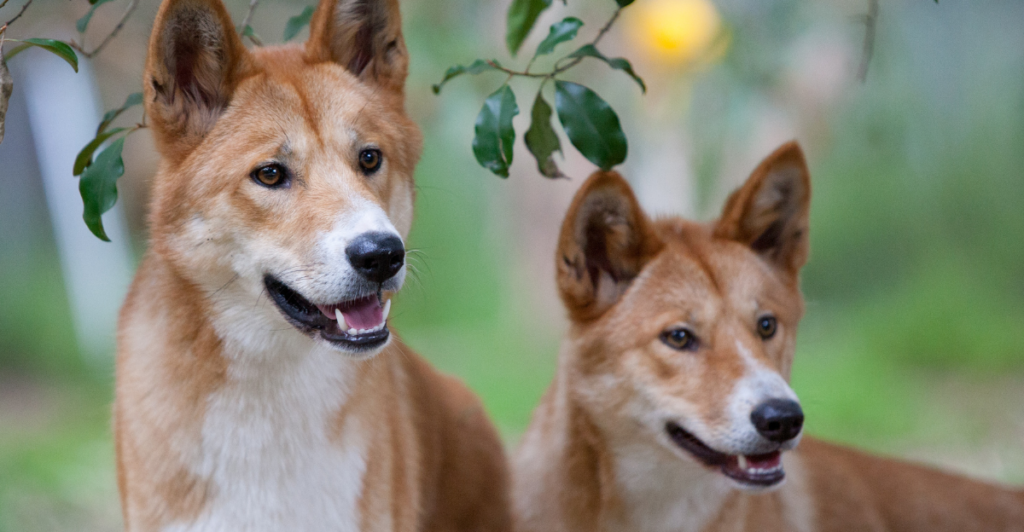
While dingoes might look like domestic dogs, they are wild animals with strong predatory instincts. These instincts make them unsuitable for domestication and difficult to manage in a home environment. These animals are very intelligent, but they are also territorial and might become aggressive when they feel threatened or when they are defending their space.
They are not suited for confinement and can cause significant destruction indoors, as they often attempt to escape or dig through fences. It is also harmful to their population to keep a dingo as a pet because it increases the risk of hybridization with domestic dogs, which poses a threat to the survival of pure dingo species. The dingo plays a very important role in its ecosystem, which is why it is best left in the wild, where it can roam freely.
5. Leopard Seal
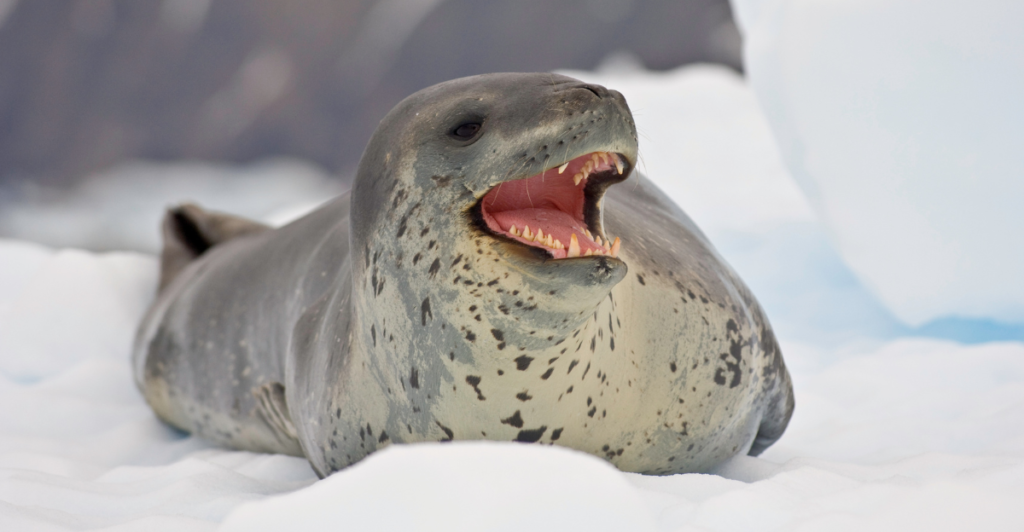
Leopard seals are one of the most fearsome predators in the Antarctic. They are known for their powerful jaws and aggressive behavior. While their sleek bodies and expressive faces might make them seem friendly, these animals are solitary and dangerous, and they are not suited for life in captivity.
These seals have been responsible for fatal attacks on humans and have a highly specialized diet that revolves around hunting fish and other marine creatures in cold aquatic environments. It’s impossible to replicate these conditions in a domestic setting. Leopard seals need large, open spaces where they can move freely, which is why they belong in the wild.
6. Platypus
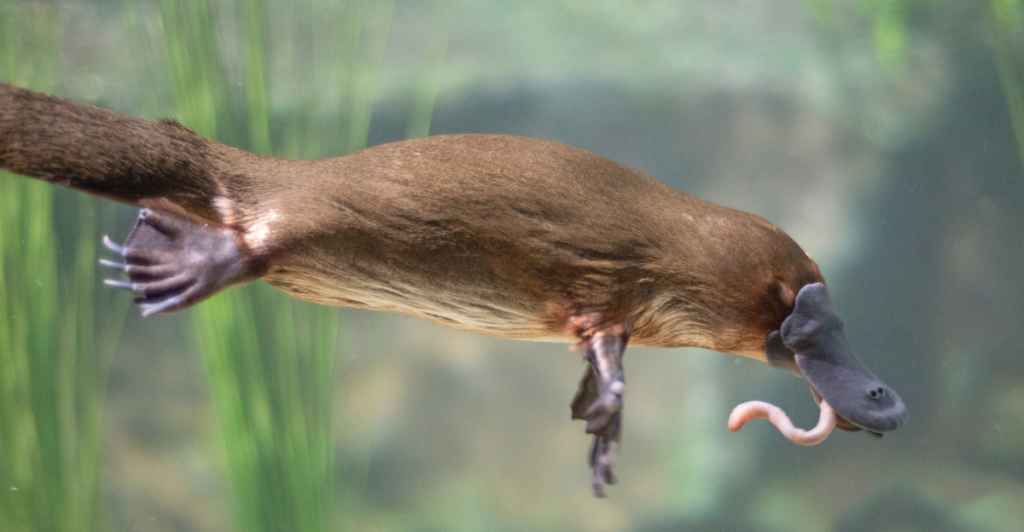
The platypus is probably the most unique animal in the world and is known for its odd combination of characteristics, including a duck-like bill, webbed feet, and egg-laying abilities. But despite its small size and funny appearance, the platypus is far from harmless. Male platypuses have venomous spurs on their back legs that are capable of inflicting excruciating pain on humans.
These animals also have very specific dietary and environmental needs, including access to fresh water and a balanced diet of small aquatic invertebrates. Platypuses are difficult to care for in captivity, and attempting to do so often results in malnutrition, stress, and health problems. The platypus belongs in the wild, where it can thrive in its natural habitat.
7. Raccoon
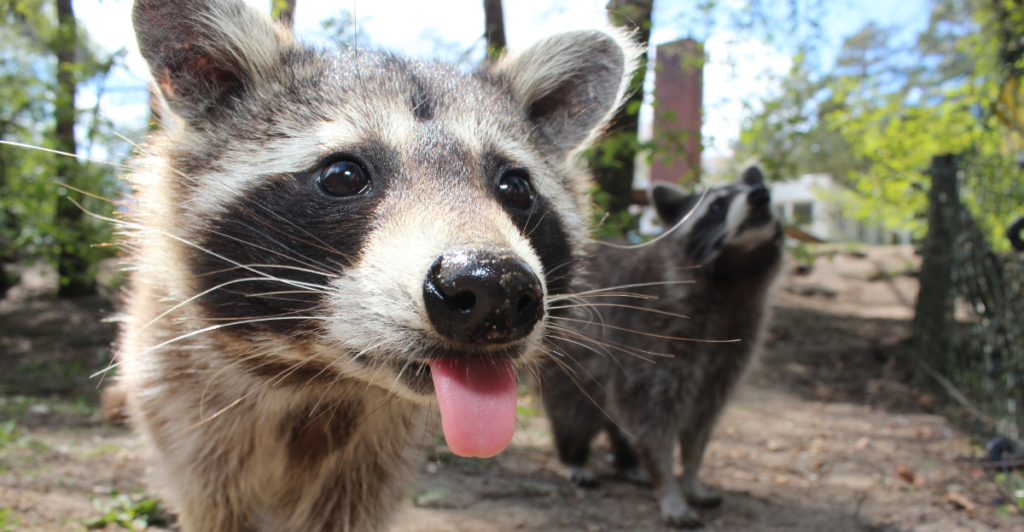
Raccoons are very intelligent and curious animals and will often find their way into homes, searching for food. While they might be cute and entertaining, they are far from ideal pets. Raccoons are notorious for carrying diseases like rabies, leptospirosis, and roundworm, which can pose serious health risks to humans and other pets.
They are also very destructive and difficult to contain because their natural instincts drive them to explore and manipulate their surroundings. They are known to tear up furniture and dig through trash. On top of that, raccoons can become aggressive when they feel threatened or cornered. Keeping a raccoon as a pet is not only illegal in many areas but can also lead to significant health and safety risks. These animals should not be kept as pets.
8. Elephant

Elephants are incredible creatures that are known for their size, intelligence, and complex social structures. However, their massive size and incredible strength make them dangerous and unpredictable, especially when they are stressed or threatened. Even well-trained elephants can suddenly become aggressive without any warning, and their strength can cause serious harm to humans and other animals. They also need a lot of space to roam. Their environments are impossible to replicate in captivity.
Attempts to domesticate or keep elephants as pets have led to the decline of wild populations, as these animals are often taken from the wild and forced into captivity under inhumane conditions. Elephants also need a specialized diet and specific environmental conditions that are nearly impossible to provide in a home setting. Keeping an elephant as a pet is not only illegal but also unethical.
9. Tasmanian Devil
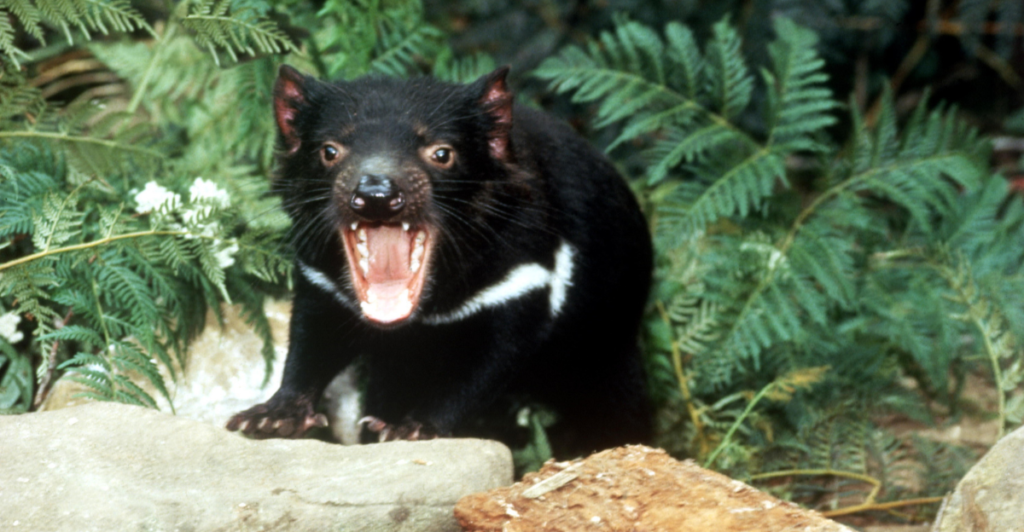
The Tasmanian devil is small and fluffy, but it is also fierce and powerful, with intense feeding habits and a powerful bite. These marsupials have one of the most powerful bites relative to their size and are capable of quickly consuming large amounts of food. Despite how small they are, they can be very aggressive, especially when threatened or competing for food.
Tasmanian devils are also known for their strong odor, which they use to communicate and mark their territory. Keeping a Tasmanian devil as a pet is not only illegal but also poses risks to the animal and humans. These creatures are essential to their ecosystem, helping to clean up carrion and regulate animal populations. Captive breeding programs are necessary to ensure their survival, and keeping them as pets only contributes to the spread of disease and the decline of their wild populations.
Explore more of our trending stories and hit Follow to keep them coming to your feed!

Don’t miss out on more stories like this! Hit the Follow button at the top of this article to stay updated with the latest news. Share your thoughts in the comments—we’d love to hear from you!







